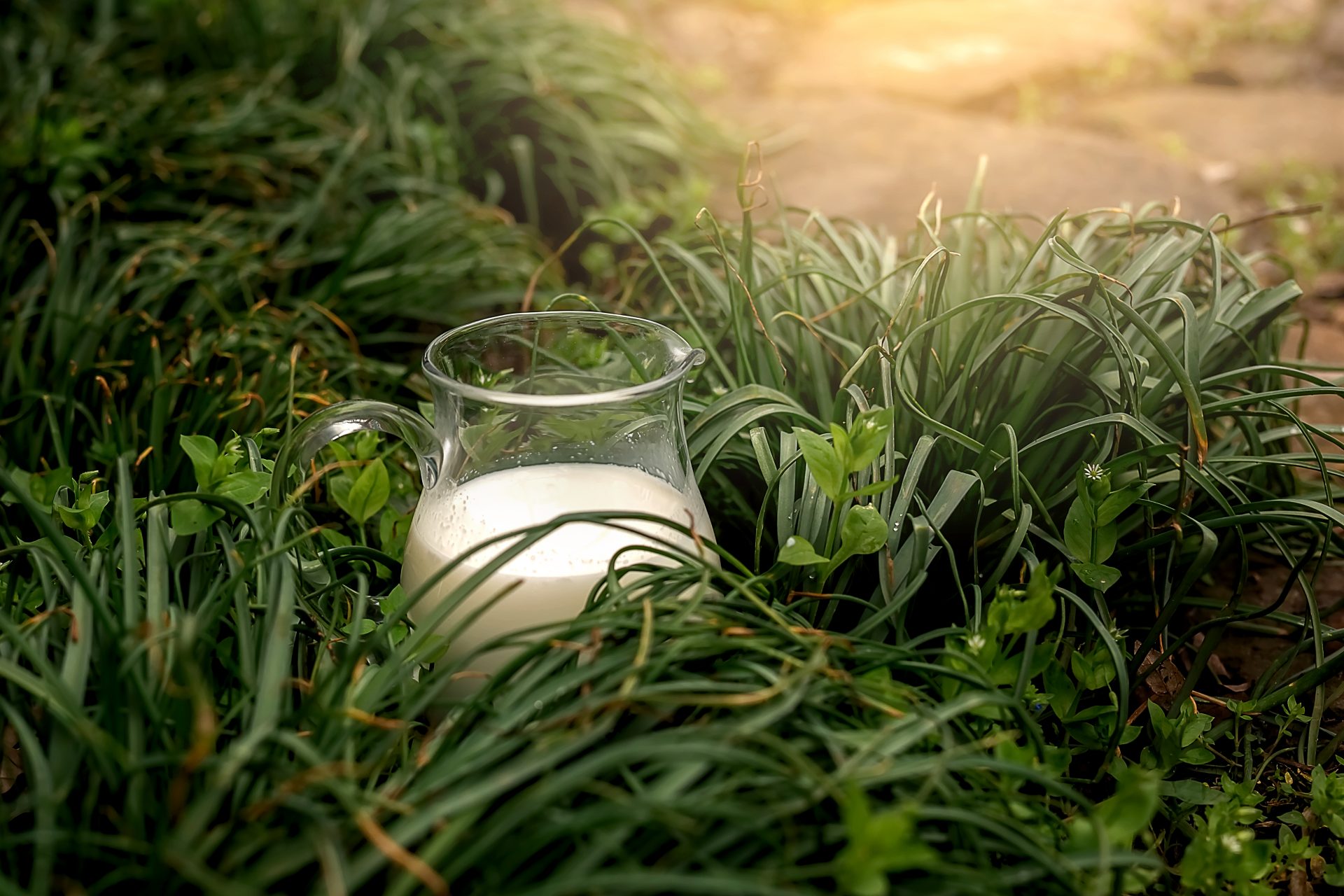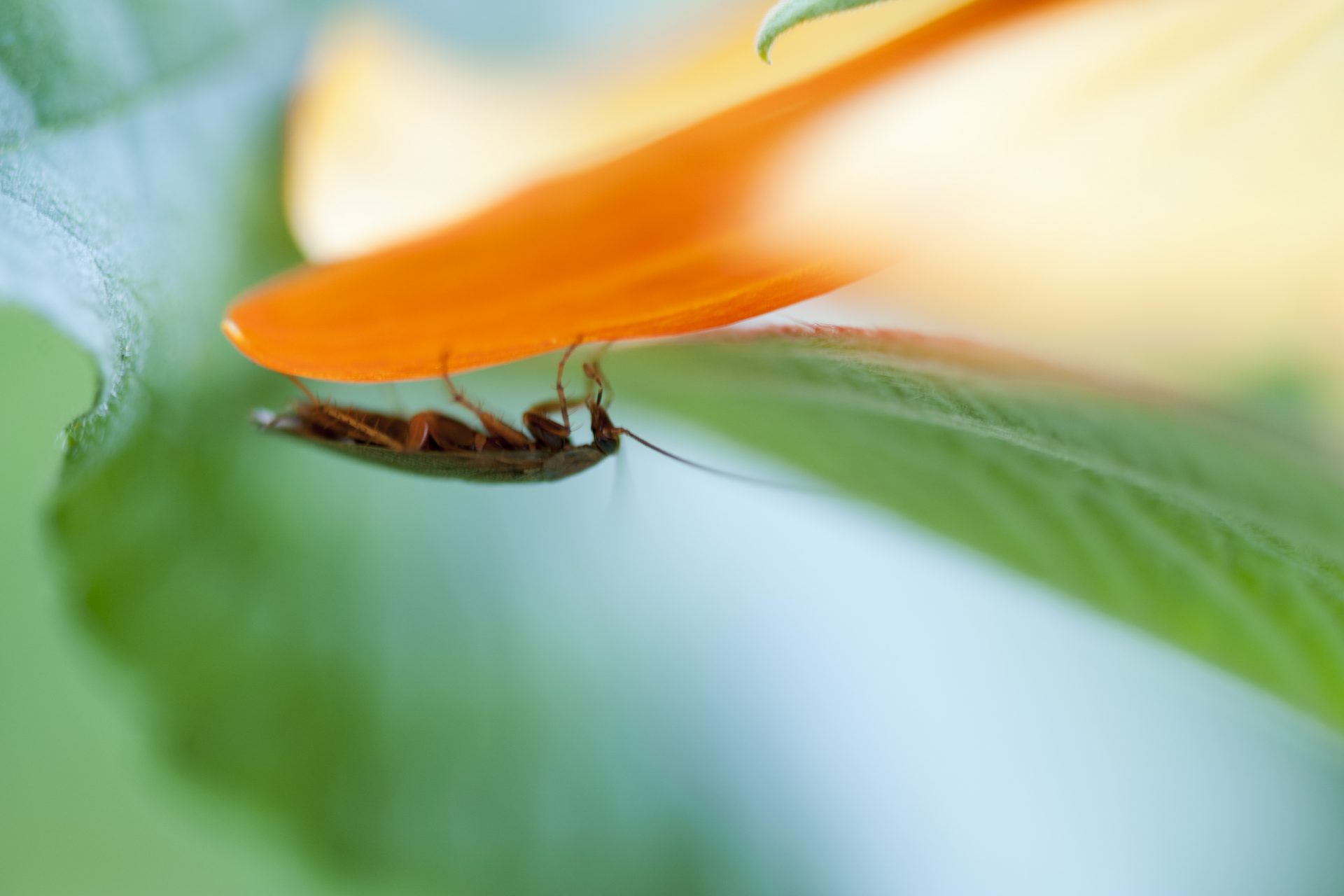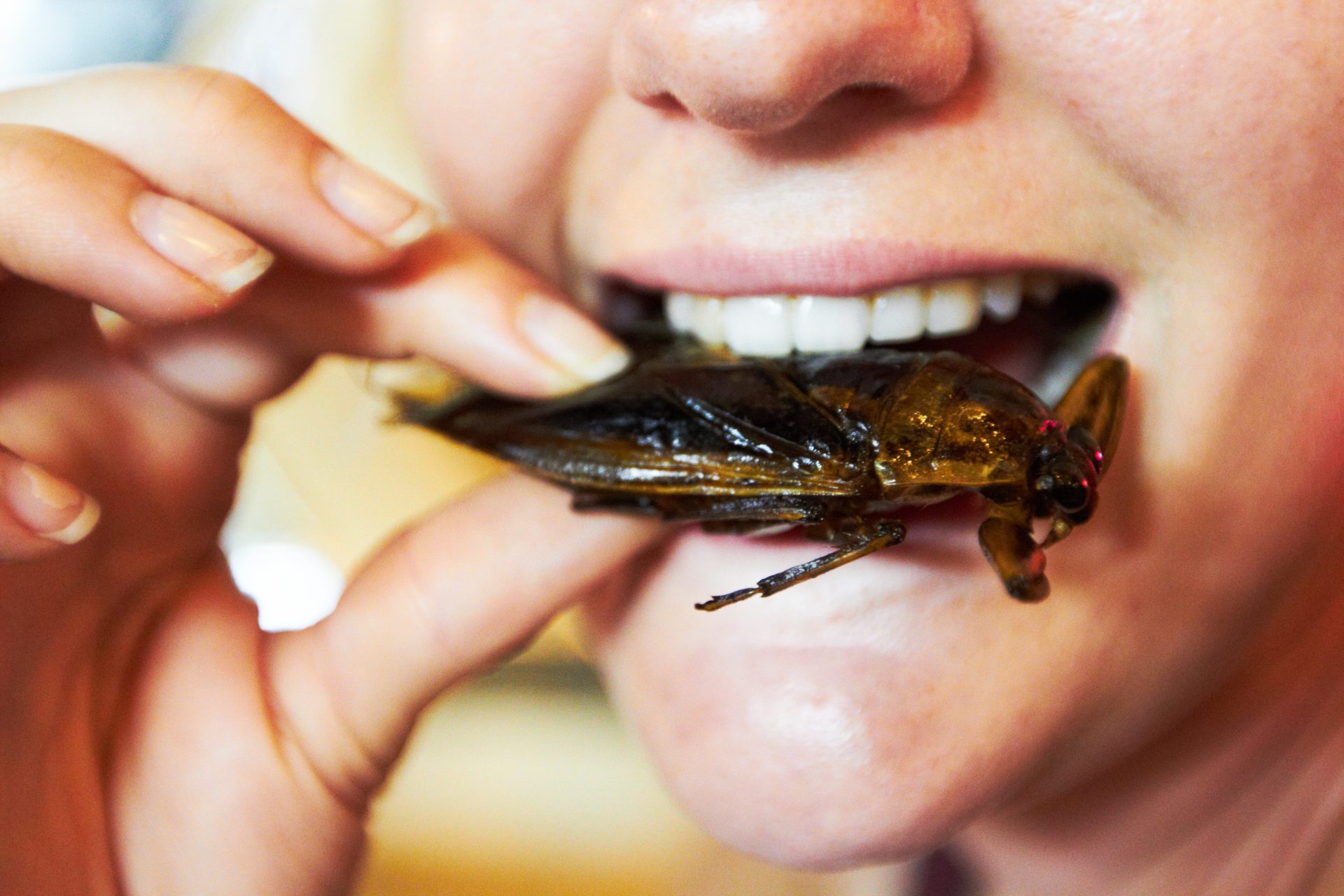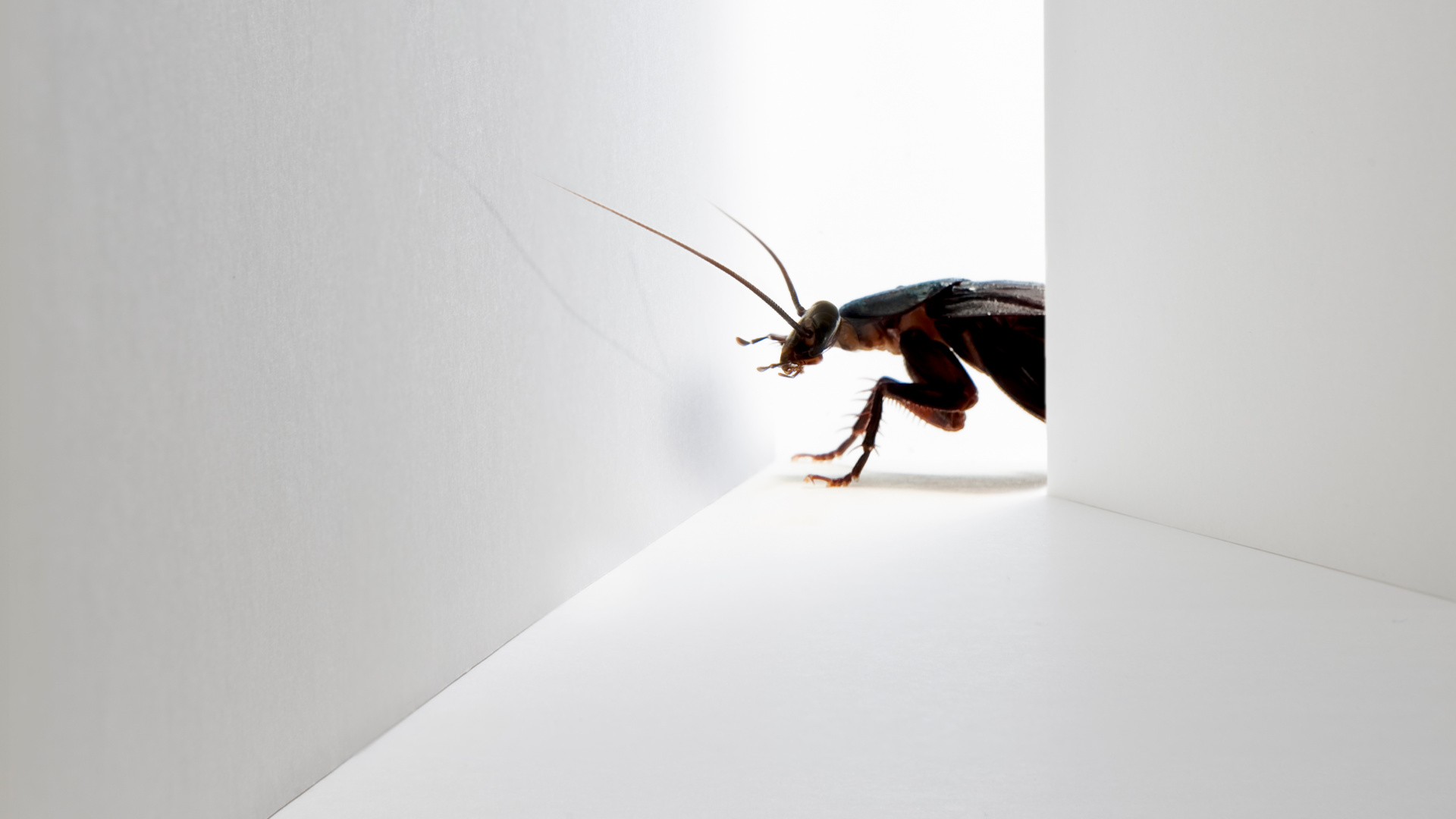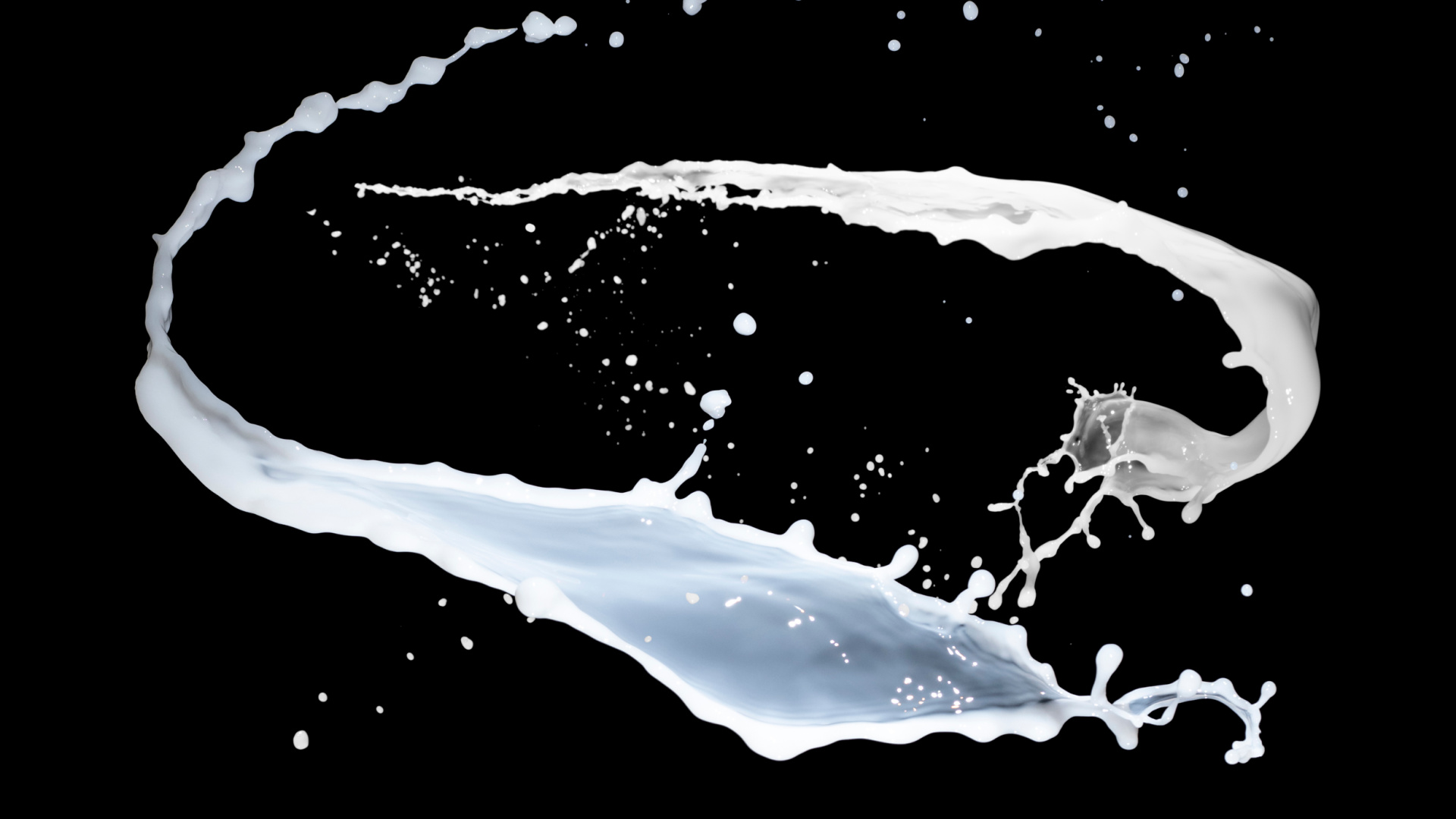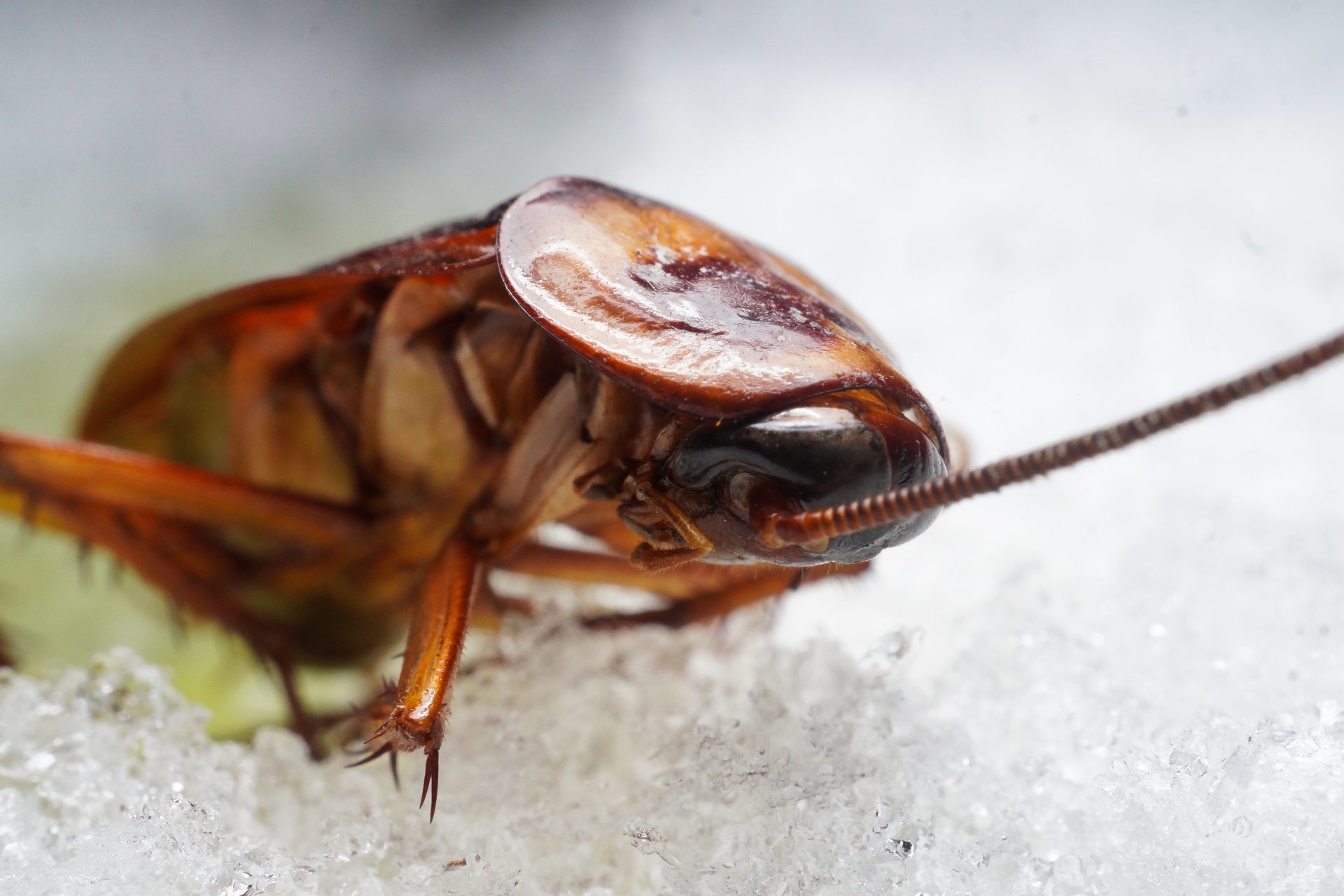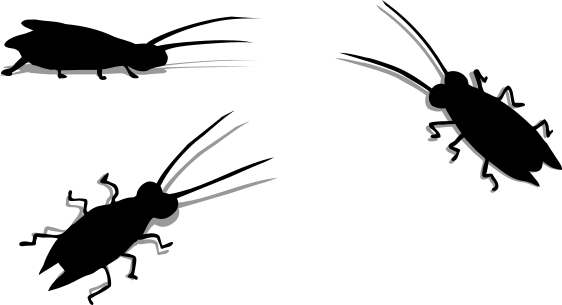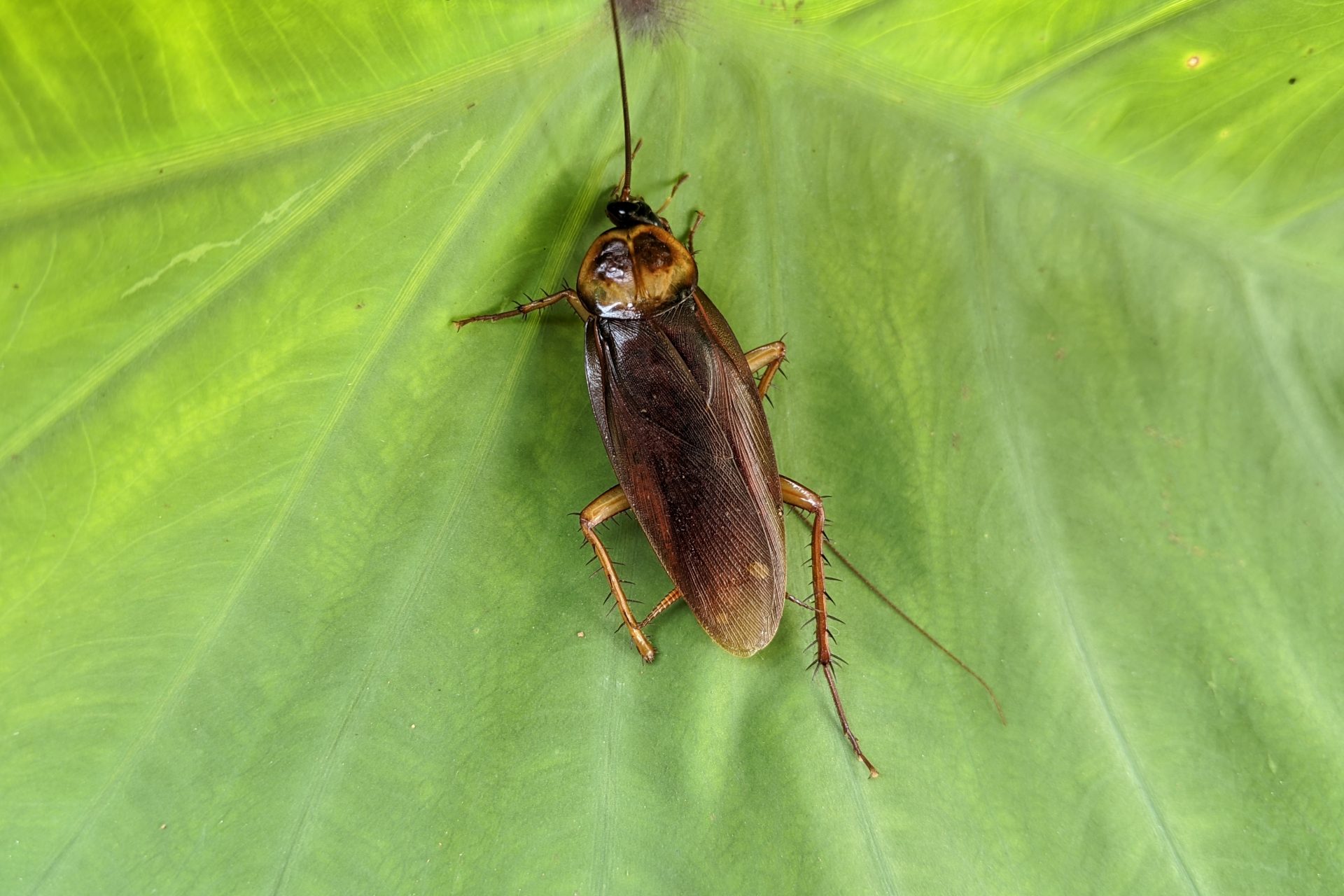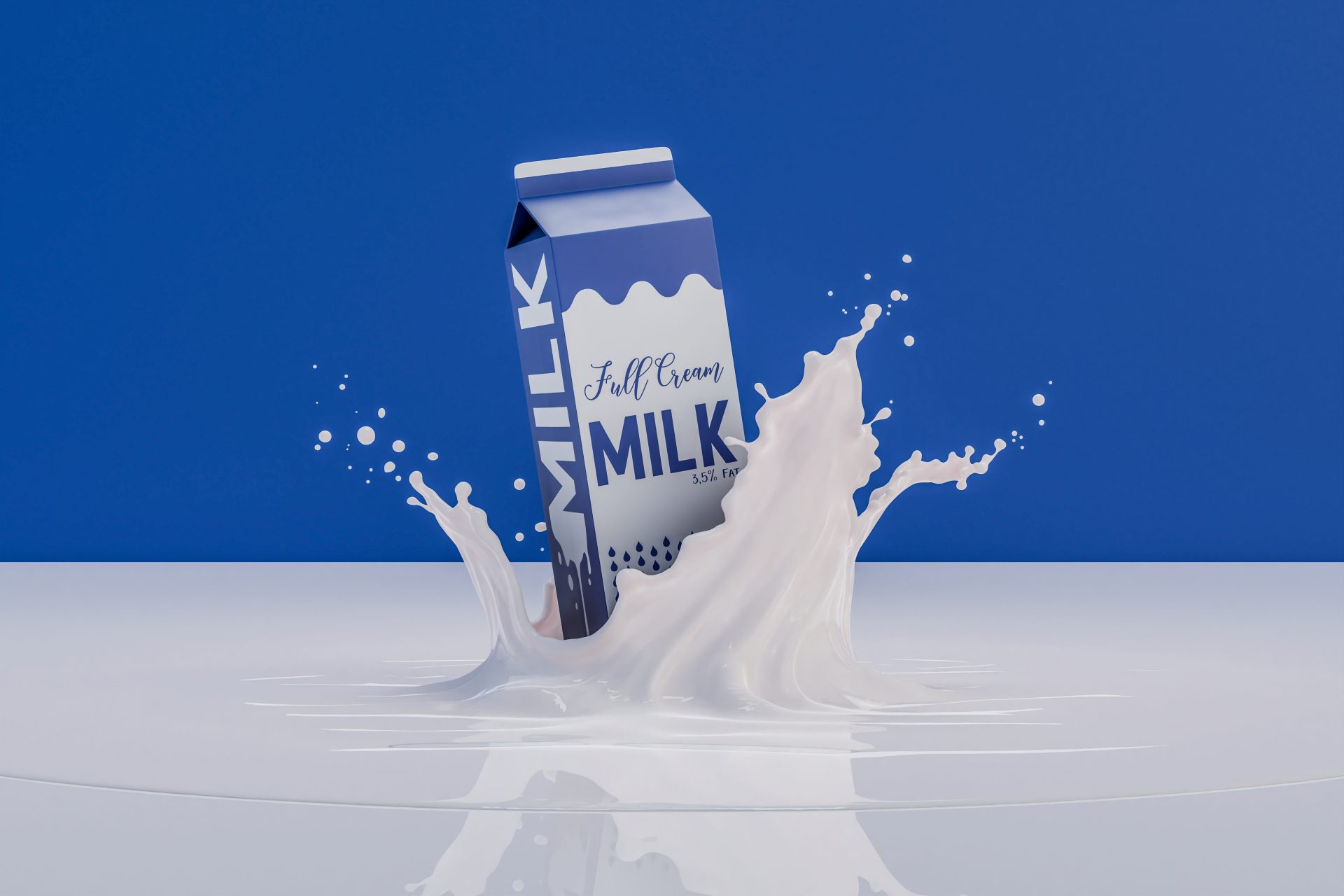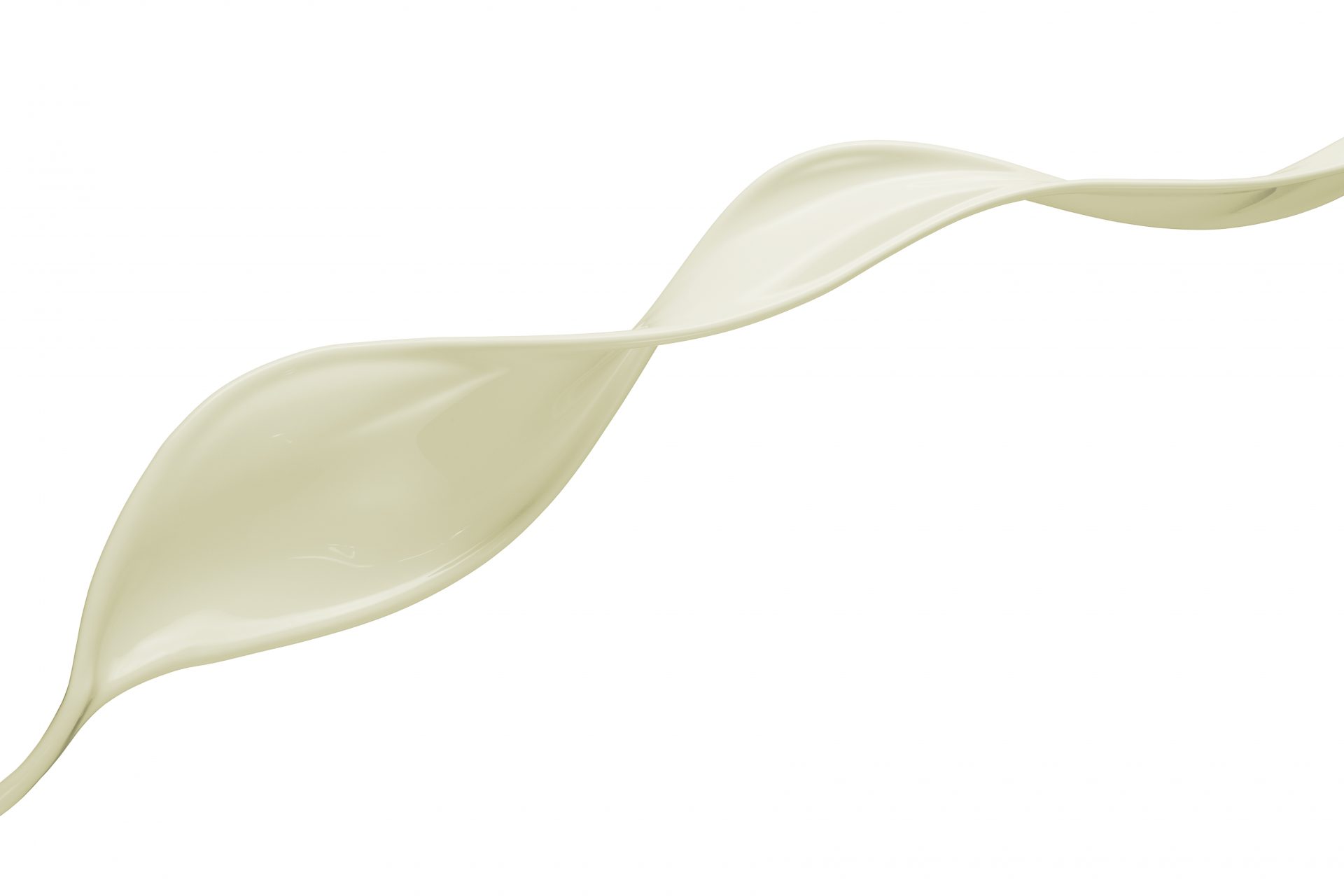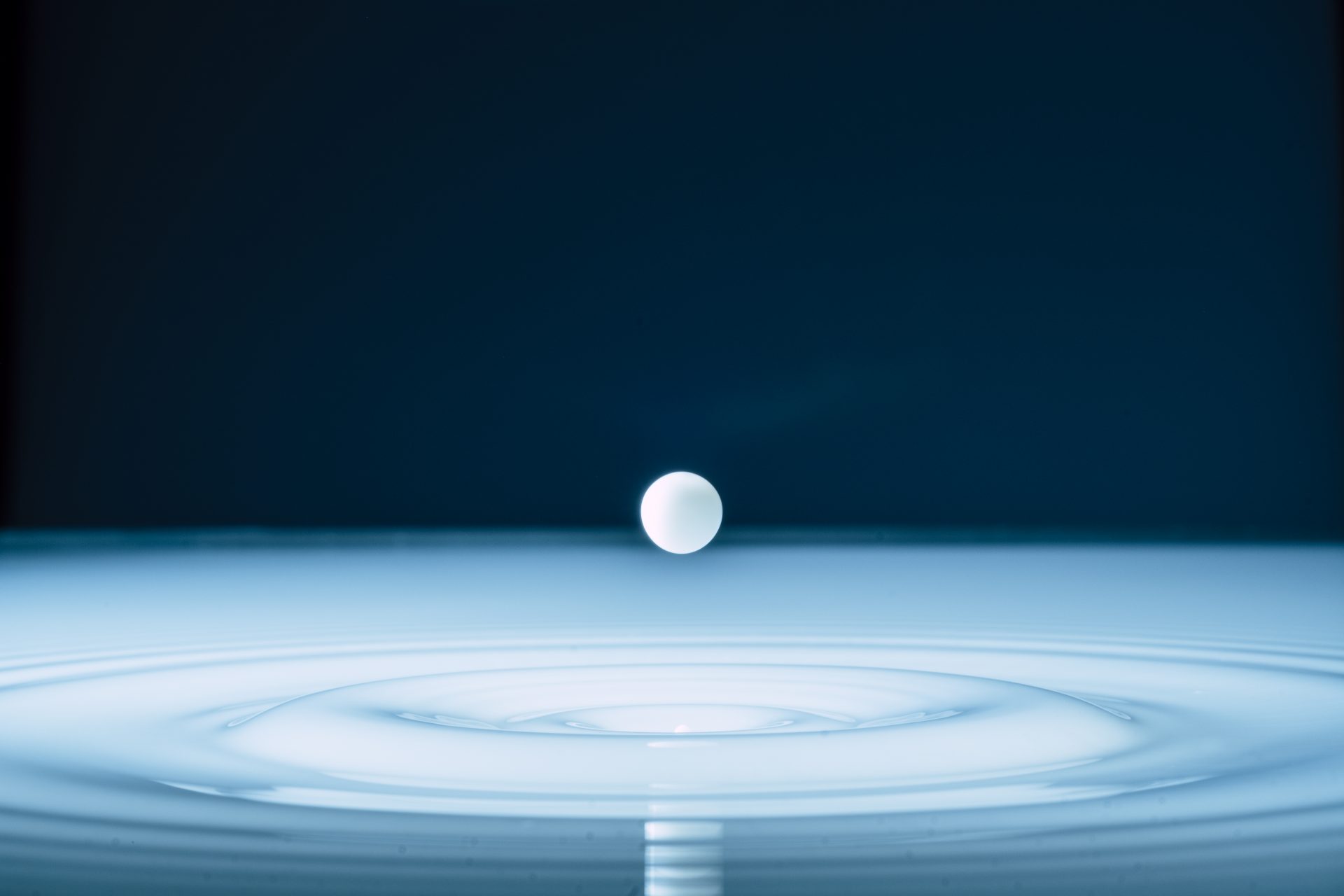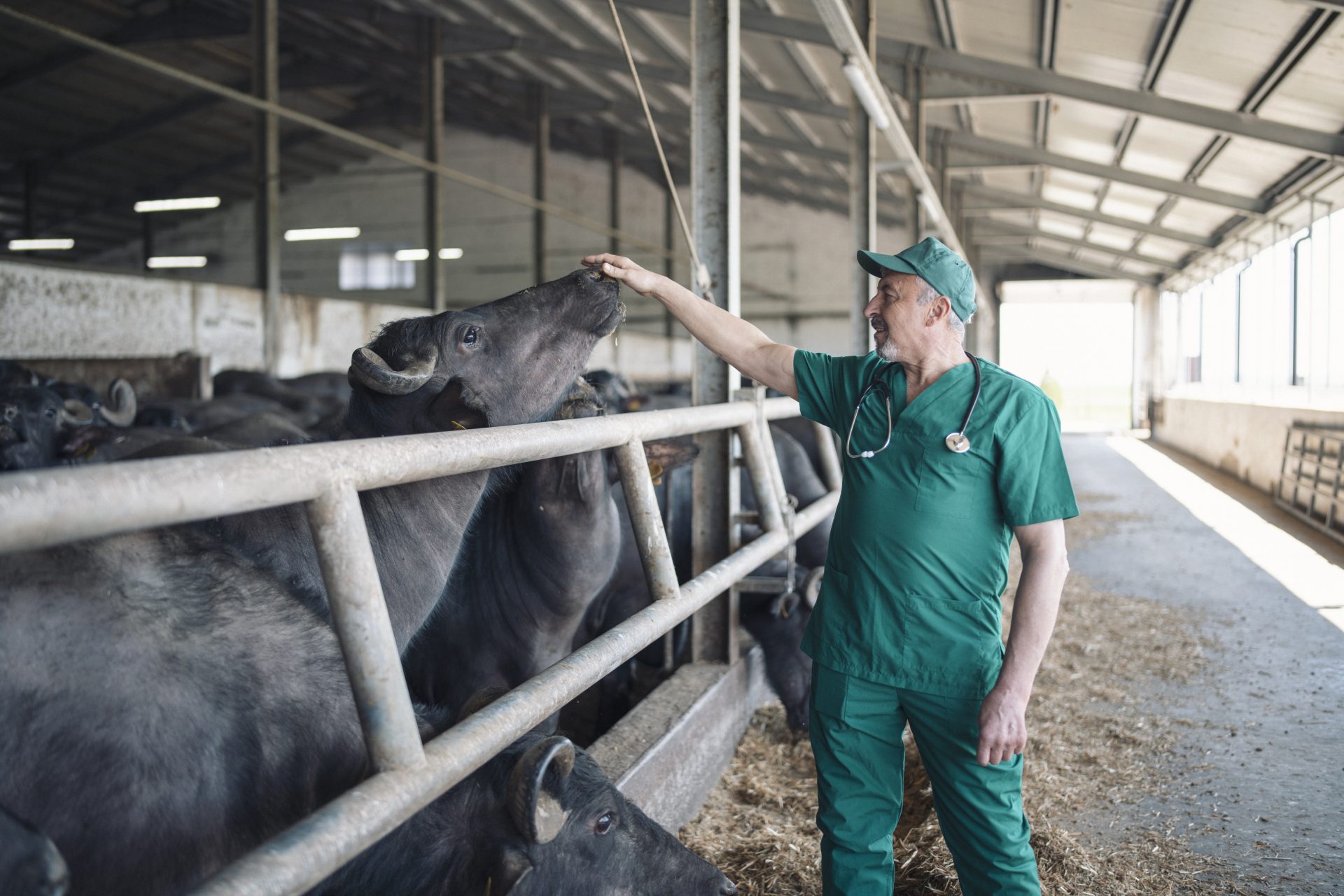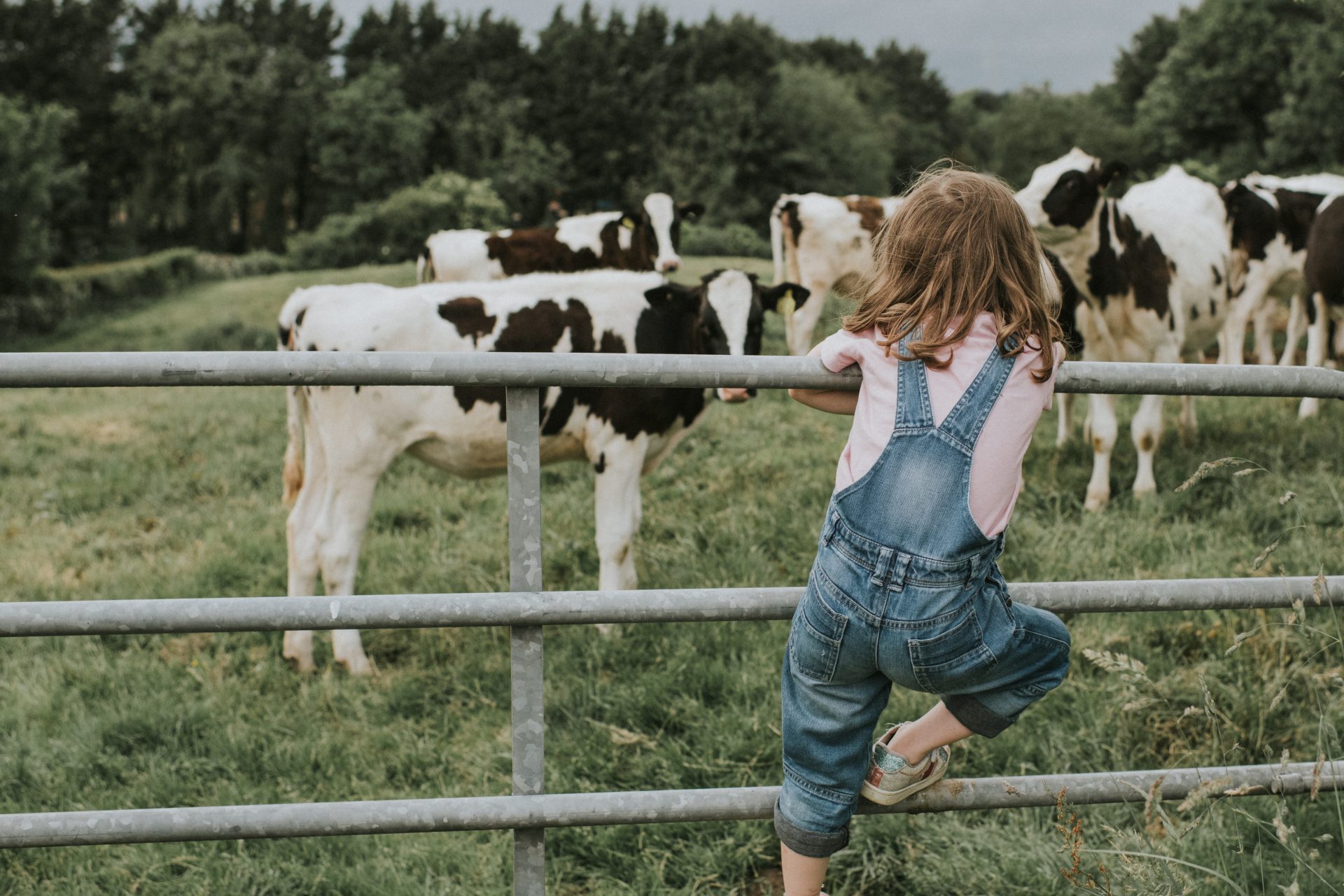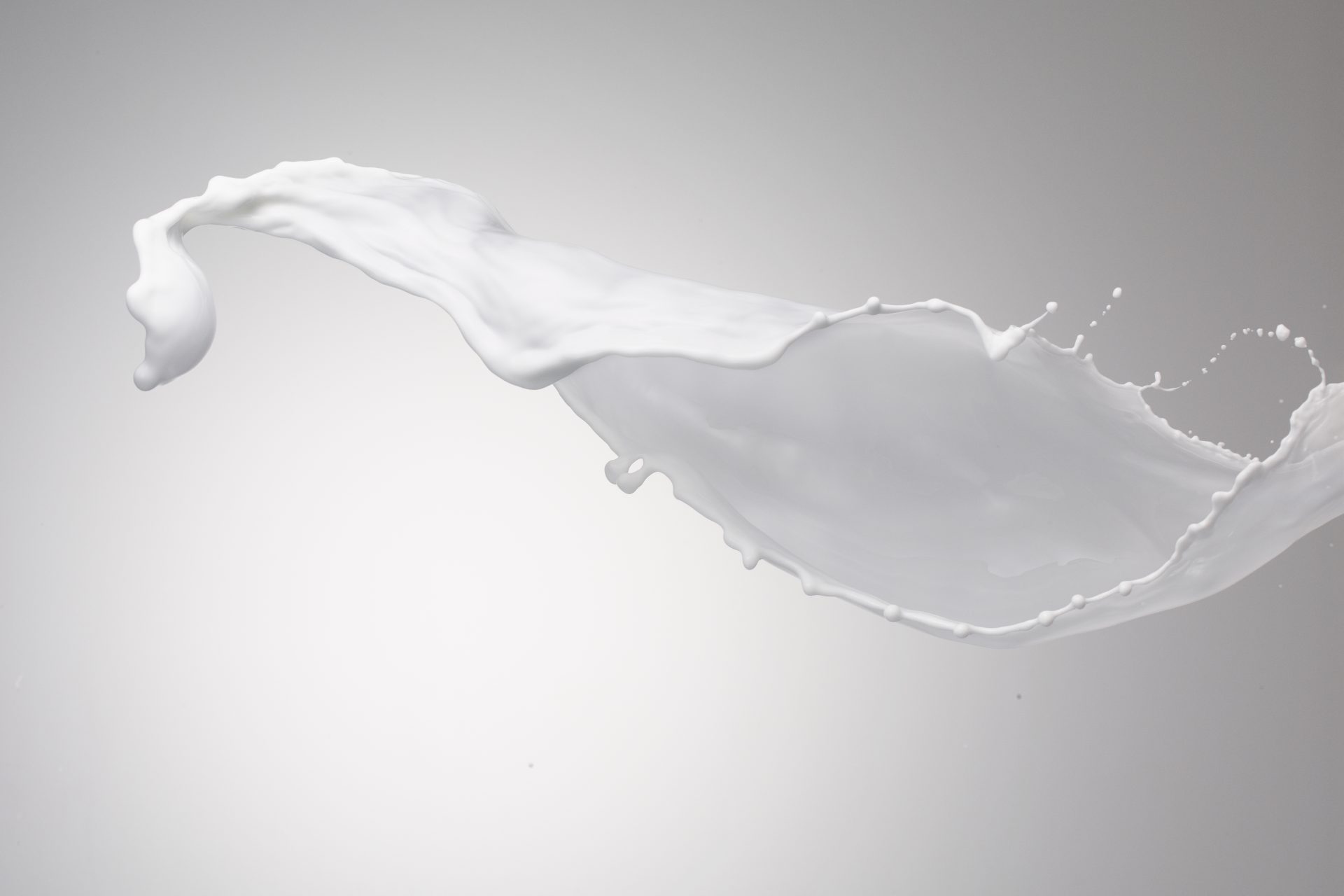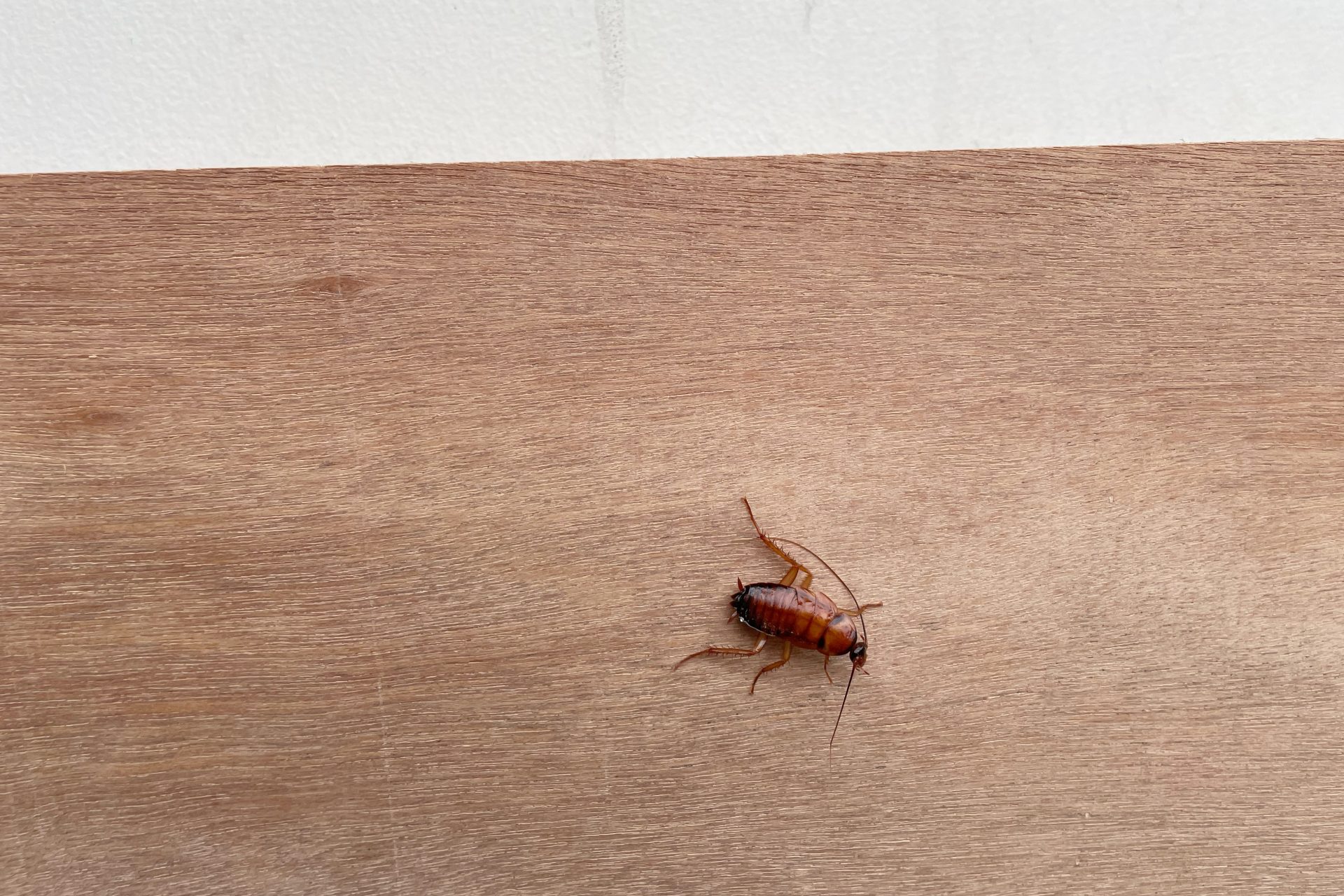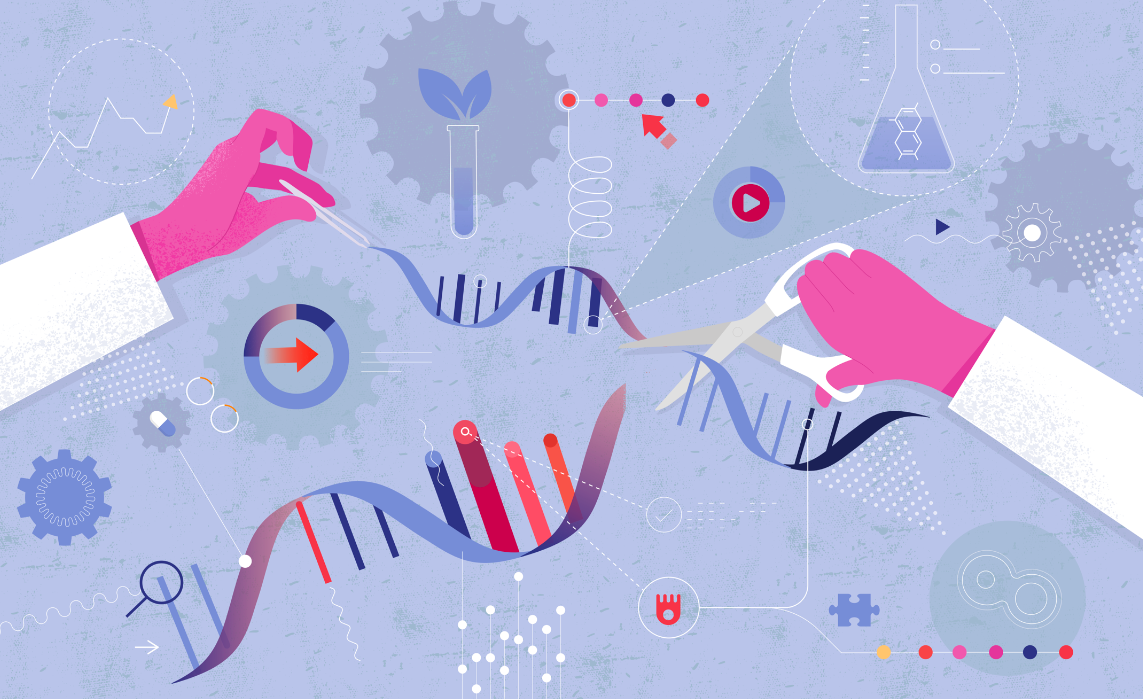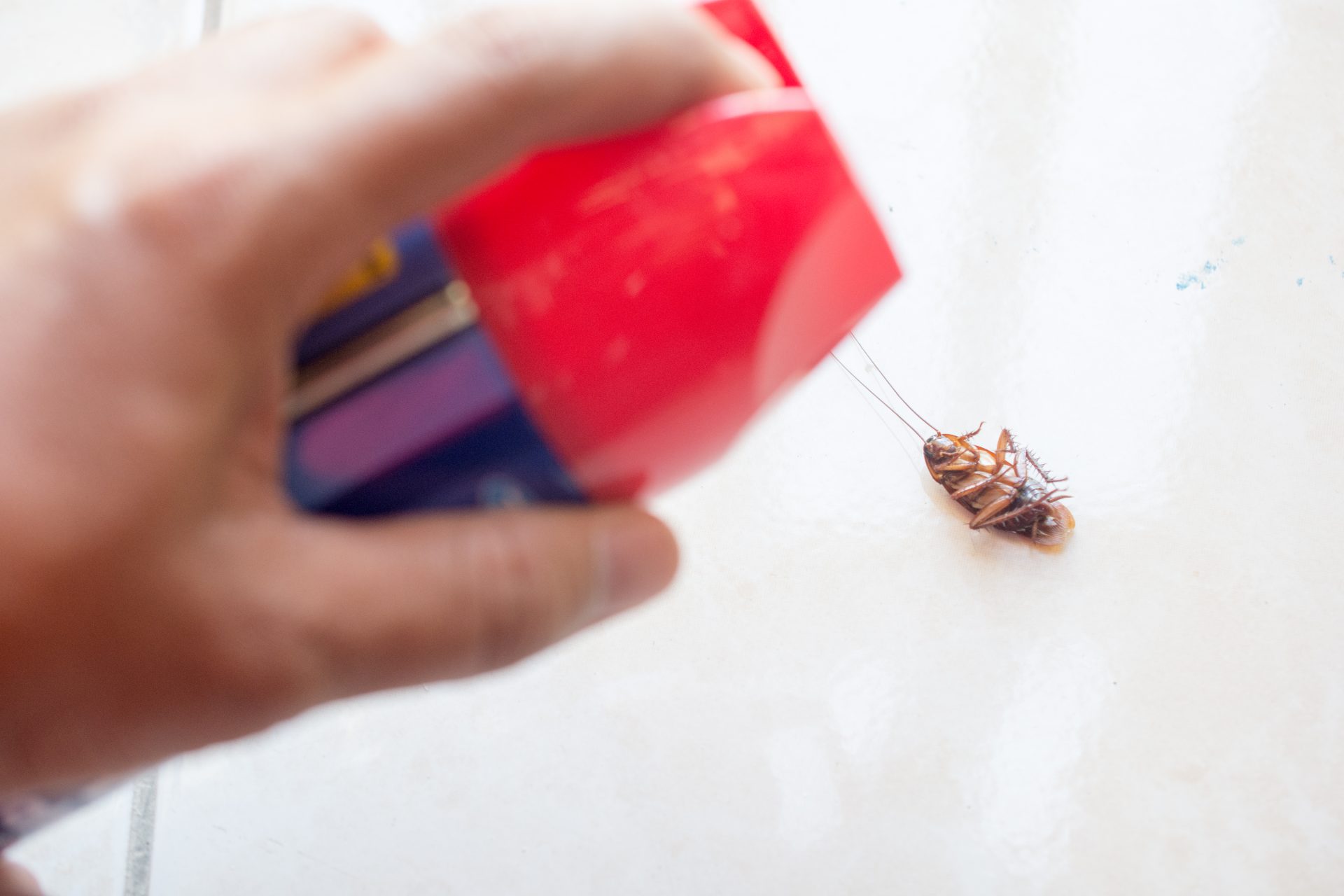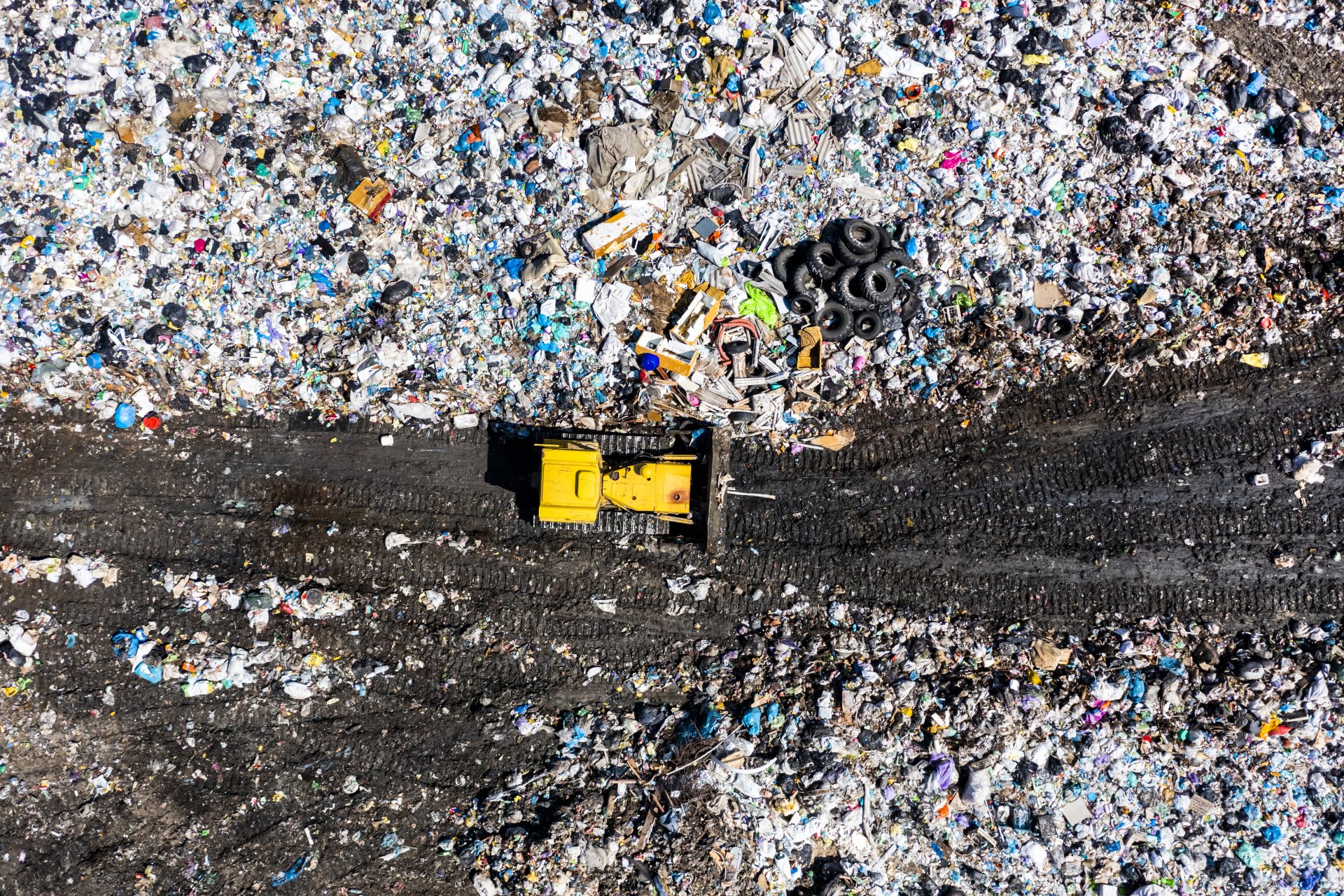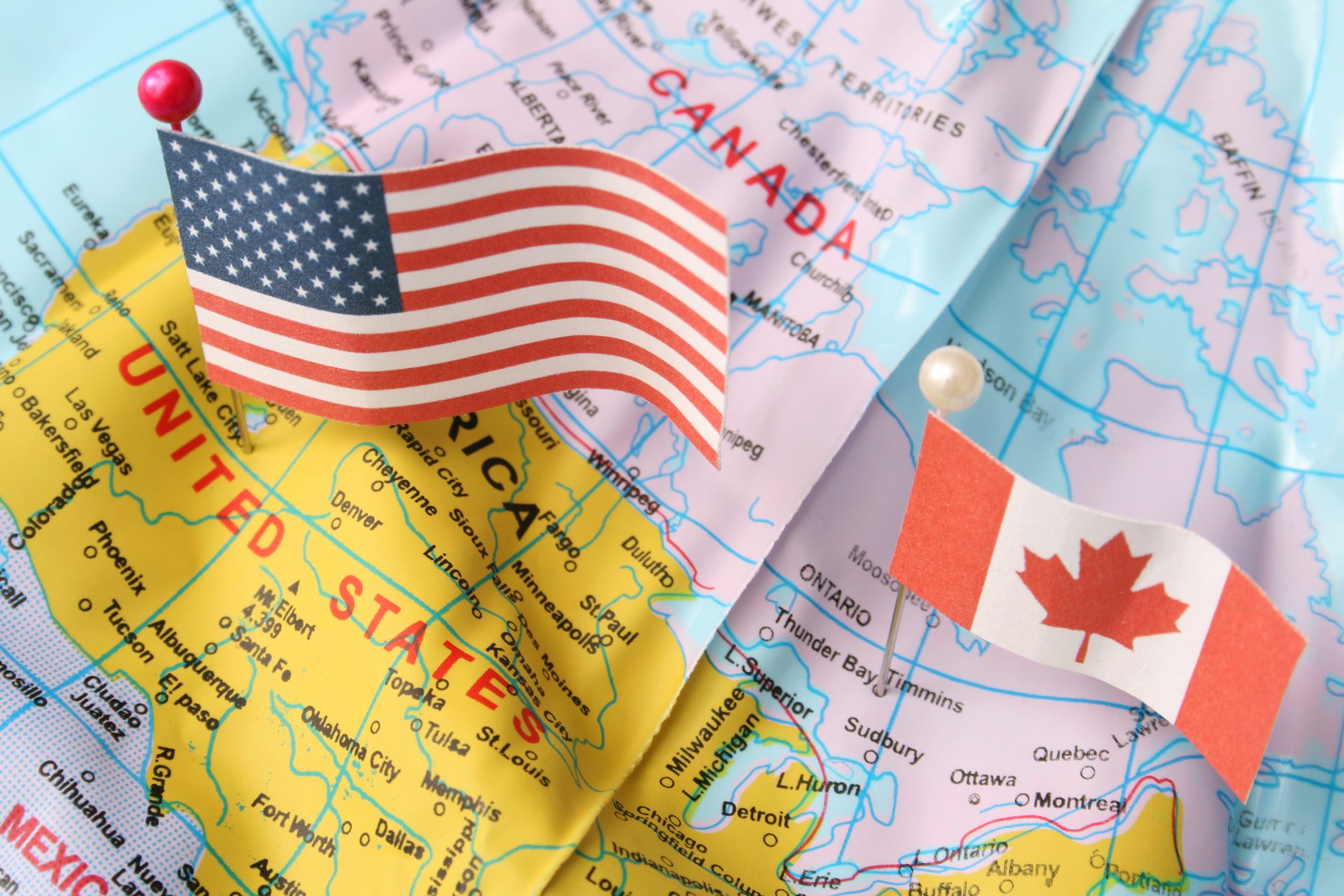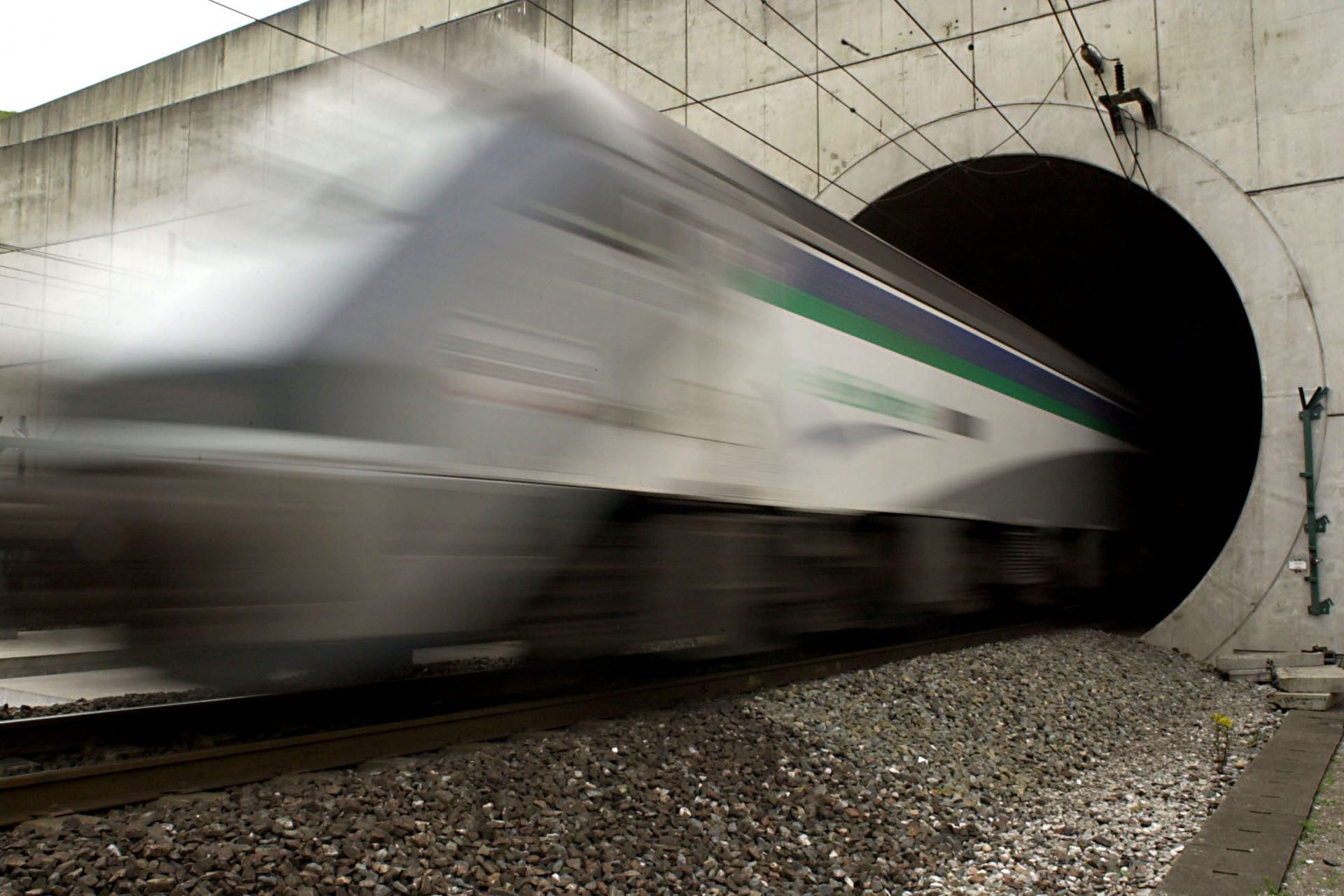Could cockroach milk be the food of the future?
The increase in population around the world and climate change have caused the food industry to look for alternatives far from what we are used to.
Insects, for example, are full of nutrients and represent a more environmentally sustainable food source.
In fact, the Food and Agriculture Organization of the United Nations (FAO) calls for the consumption of more insects, to alleviate the effects of agricultural and livestock overexploitation.
But the researchers went a step further by proposing a food that, for some, will be somewhat unpleasant at first.
We are talking about cockroach milk, which could become a new superfood due to its nutritional qualities.
Most cockroach species are oviparous, but there is one that is viviparous and produces a type of liquid, called Lili-Mip, with protein crystals.
The cockroach in question is the Diploptera punctata, also known as the cypress cockroach or Pacific beetle cockroach, which takes care of its young and feeds them with this “milk”.
This type of cockroach can be found in Asia and Oceania, in countries such as Burma, Papua New Guinea, China, India, Indonesia, Samoa, Malaysia, Thailand, Vietnam and Australia. They also exist in other more isolated points such as Hawaii, Ascension Island, Fiji, Sri Lanka and the Marquesas Islands.
In fact, it is not a common type of milk, due to the absence of lactose, but what there is no doubt about, according to the research carried out, are its excellent properties.
Studies such as the one carried out in 2016 by the Institute of Stem Cell Biology and Regenerative Medicine in India or the one published in the journal of the International Union of Crystallography revealed that these crystals secreted by cockroaches contain proteins, fats, sugars, as well as essential amino acids.
According to Science Alert, a team of researchers managed to sequence a protein crystal, located in the midgut of cockroaches, and discovered that this substance is four times more nutritious than cow's milk.
Furthermore, a study published by the Journal International Union of Crystallography suggests that cockroach milk has three times more calories than buffalo milk.
And if we talk about its impact on the environment, there are all the advantages compared to traditional or plant-based milk production.
There are still some advances to be achieved with regard to the safe incorporation of this food into the human diet. In addition, other associated problems arise.
The first has to do with the difficulty in obtaining sufficient quantities for commercialization. The second, with the need to break the cultural barrier that prevents us from eating insects (and their derivatives).
But don't think that we will have to milk cockroaches as if they were mammals. The aim is to artificially produce these protein crystals, sequencing their genes to replicate them in the laboratory.
What would end up being ironic is that humanity's nutrition could depend, to a large extent, on an insect rejected for millennia and that many have a phobia of: blatophobia.
More for you
Top Stories



